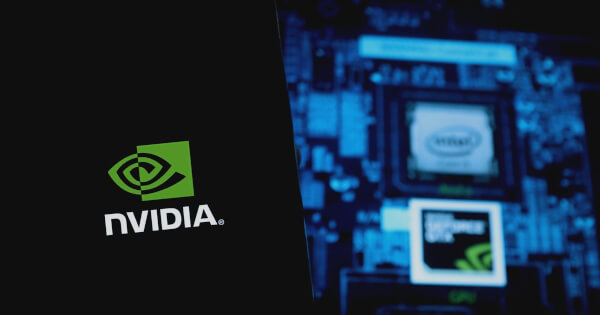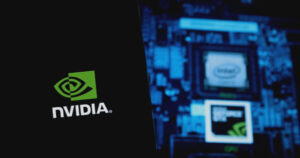NVIDIA Powers the Future of Supercomputing: A Look at the Latest Breakthroughs
By Peter Zhang
Published on November 20, 2024
As we step into an era where demands for computational power are skyrocketing, NVIDIA has emerged as a powerhouse in the realm of accelerated computing. The latest TOP500 list of the world’s most powerful supercomputers showcases NVIDIA’s striking dominance, with 384 of these elite systems now running on NVIDIA technology. This feat is not just a number; it represents groundbreaking advances in critical fields such as climate forecasting, drug discovery, and quantum simulation.

Accelerated Computing: The Catalyst for Scientific Innovation
NVIDIA has been a pioneer in accelerated computing since the introduction of its CUDA technology in 2006. The implications of its latest achievement are monumental. Notably, 87% of the 53 new systems that made it to the TOP500 list are accelerated systems, with a staggering 85% utilizing the latest NVIDIA Hopper GPUs. These technologies are not just enhancing computational power; they’re revolutionizing research across vital sectors from predictive climate models to innovative drug formulations.
In line with this momentum, NVIDIA recently unveiled cuPyNumeric at the SC24 conference—a cutting-edge CUDA-X library that allows developers to effortlessly scale applications across massive computing clusters without any need for coding alterations in Python. This is a game-changer for researchers who are often bogged down by technical barriers that slow down scientific progress.
Revolutionizing Genomics and Protein Design with AI
The intersection of mixed-precision operations and artificial intelligence stands as a critical frontier in scientific research today. At SC24, two projects nominated for the prestigious Gordon Bell Prize vividly demonstrated the power of these technologies in advancing genomics and protein design. Researchers David Keyes and Arvind Ramanathan have made extraordinary strides by leveraging NVIDIA’s robust platforms, showing how mixed precision techniques can lead to astonishing results.
Furthermore, the open-sourcing of NVIDIA’s BioNeMo framework marks a significant leap for AI-driven drug discovery. This framework allows rapid deployment of AI models tailored for pharmaceutical applications, mirroring a larger trend of increasing AI performance across the TOP500 list, which now boasts an impressive 249 exaflops of AI capability.
Sustainability: The Future of High-Performance Computing
As computational demands soar, the urgency for sustainable solutions has never been clearer. NVIDIA leads the charge with some of the most energy-efficient systems available today, exemplified by the JEDI at EuroHPC/FZJ, which has set new benchmarks for energy efficiency in computational tasks. Additionally, through innovative NIM microservices introduced for the Earth-2 platform, NVIDIA is significantly accelerating climate models and simulations.
In a world where environmental responsibility is paramount, NVIDIA’s strides in accelerated computing signal a promising future. They are setting a precedent where high-performance computing can perform without compromising energy efficiency—ultimately paving the way for a more sustainable future.
Conclusion
NVIDIA’s remarkable achievements in supercomputing are more than just numbers; they represent a profound shift in how we understand and tackle some of the world’s most pressing challenges. As we continue to explore the synergies between artificial intelligence, mixed precision computing, and sustainability, the future of research and development looks more promising than ever.
For more unique insights into the world of cryptocurrency, blockchain technology, and advanced computing trends, stay tuned to Extreme Investor Network. We strive to provide our readers with unparalleled knowledge and cutting-edge information that empowers you to make informed decisions in your investment journey.

